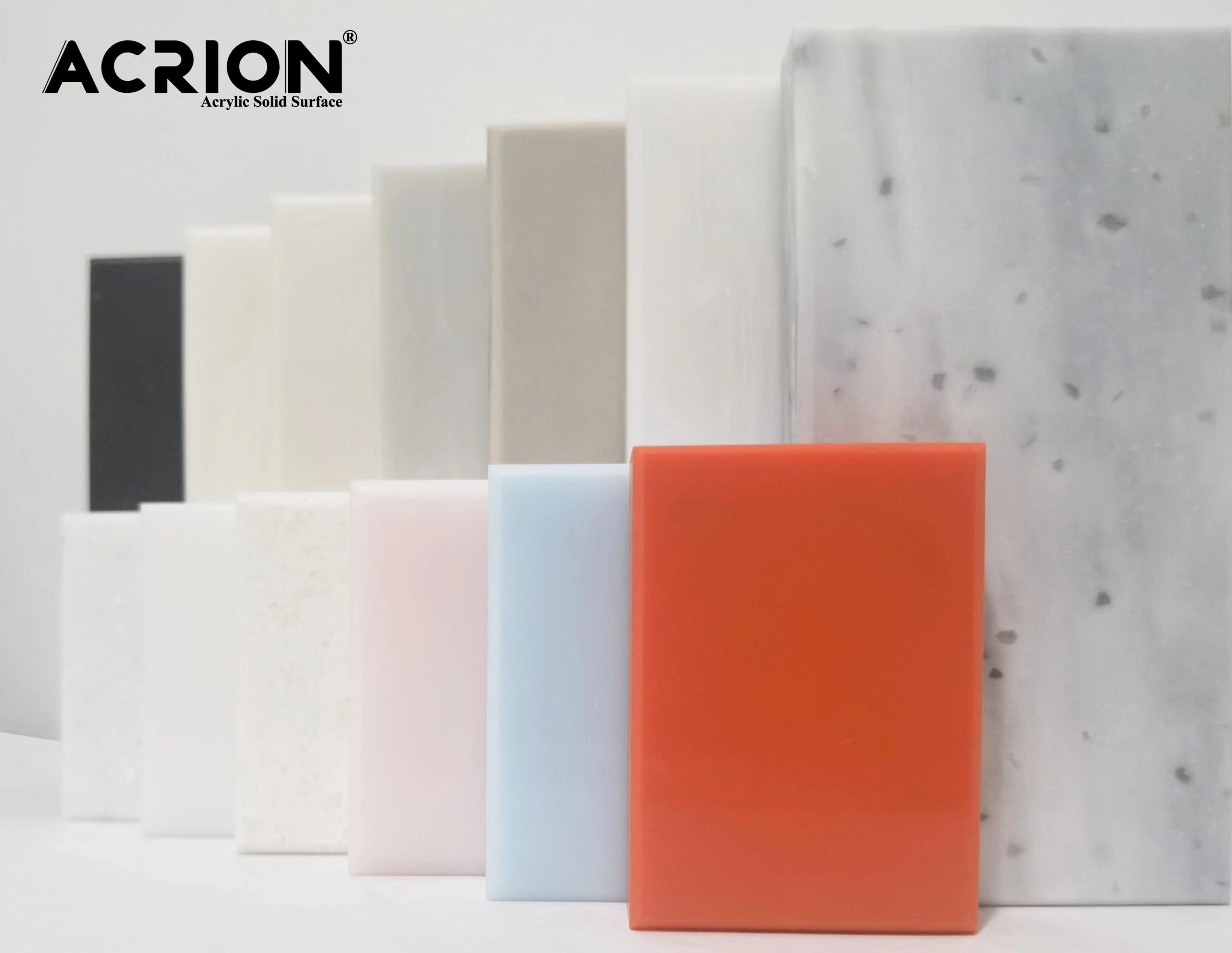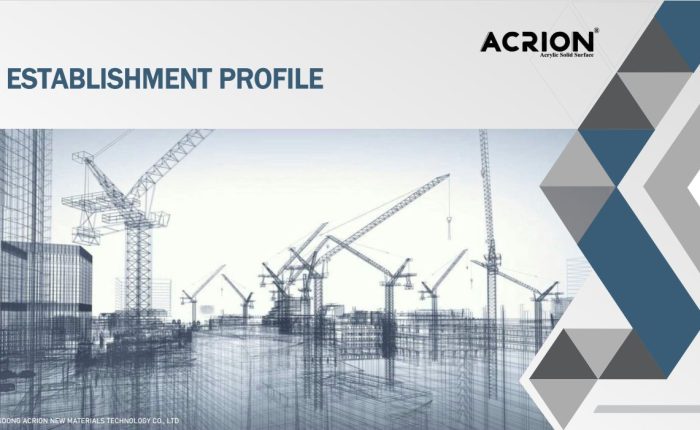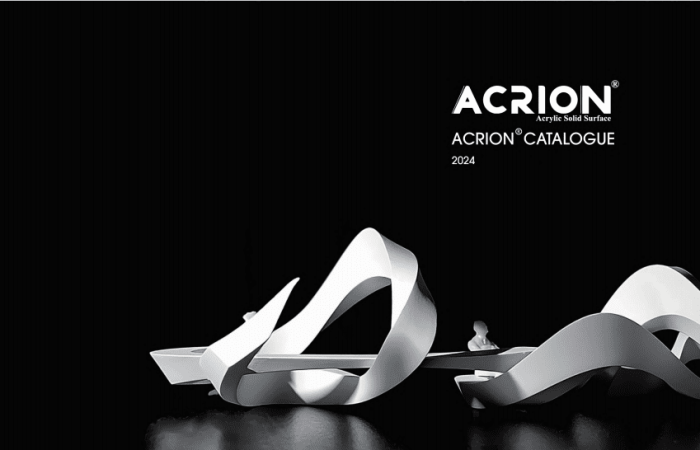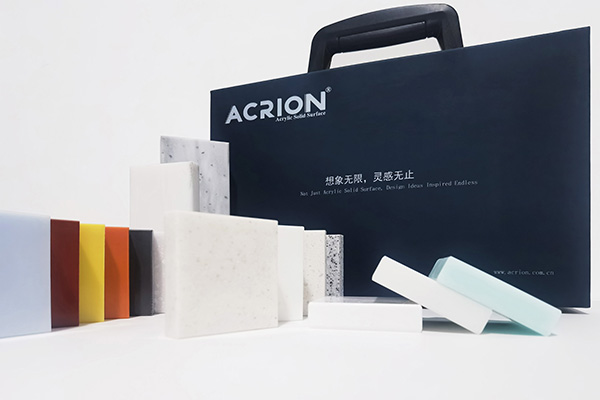アクリル固体表面の防水性能や防湿効果は、材料の化学構造、界面相互作用機構、環境相互作用特性の三次元から解析する必要があります。その保護効果は、臨床検査および実際のシナリオと組み合わせて検証する必要があります。以下は、パフォーマンスの原因、テスト方法、故障モードの 3 つの側面から体系的に詳しく説明したものです。
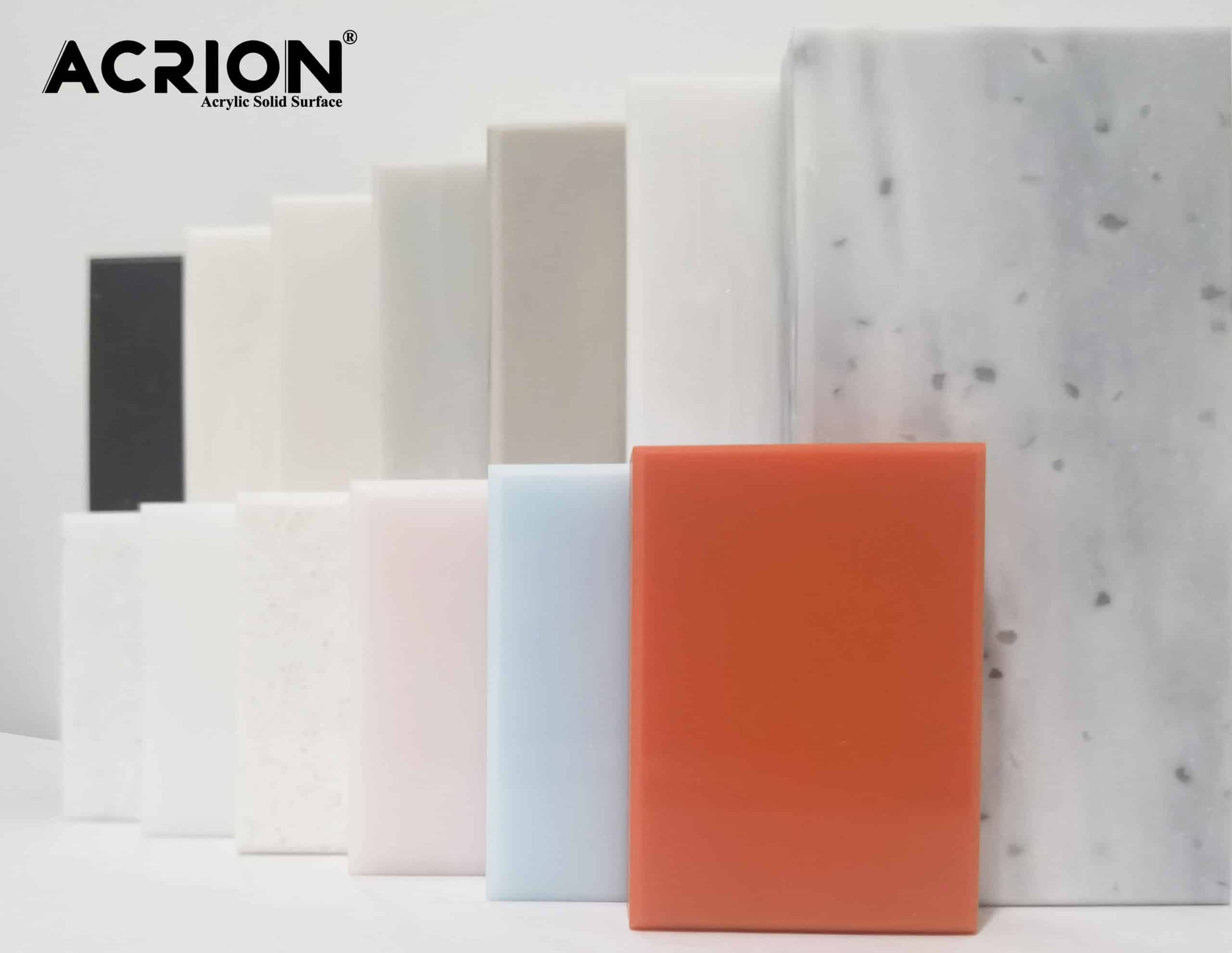
まずは防水性能の化学的根拠と構造的特徴
低表面エネルギー特性
アクリル樹脂におけるエステル基(-COO-)とアルキル鎖(-CNH2N+1)の極性の差は、比較的弱い分子間力を引き起こし、15〜30 mn/mの低表面エネルギーのコーティング表面を抱きます。たとえば、純粋なアクリルコーティングの水接触角は90°-105°に達する可能性があり、表面の水滴はほぼ球状の状態を示し、濡れの傾向を大幅に減らします。
架橋ネットワーク構造
多機能モノマー(トリヒドロキシメチルプロパントリアクリレートなど)によって形成される3次元架橋ネットワークは、水分子の浸透を防ぐことができます。たとえば、80%の架橋密度のコーティングは、吸水速度を0.5%未満に制御することができ、これは線形ポリマーの3%〜5%よりもはるかに低くなります。
マイクロナノ構造構造
超疎水性効果は、相分離またはテンプレート法を介してコーティング表面に50〜200 nmの粗構造を形成することで実現できます。たとえば、フルオロポリマーのマイクロファーズをアクリルコーティングに導入すると、水の接触角を150°以上、ローリング角度を5°未満に増やすことができます。
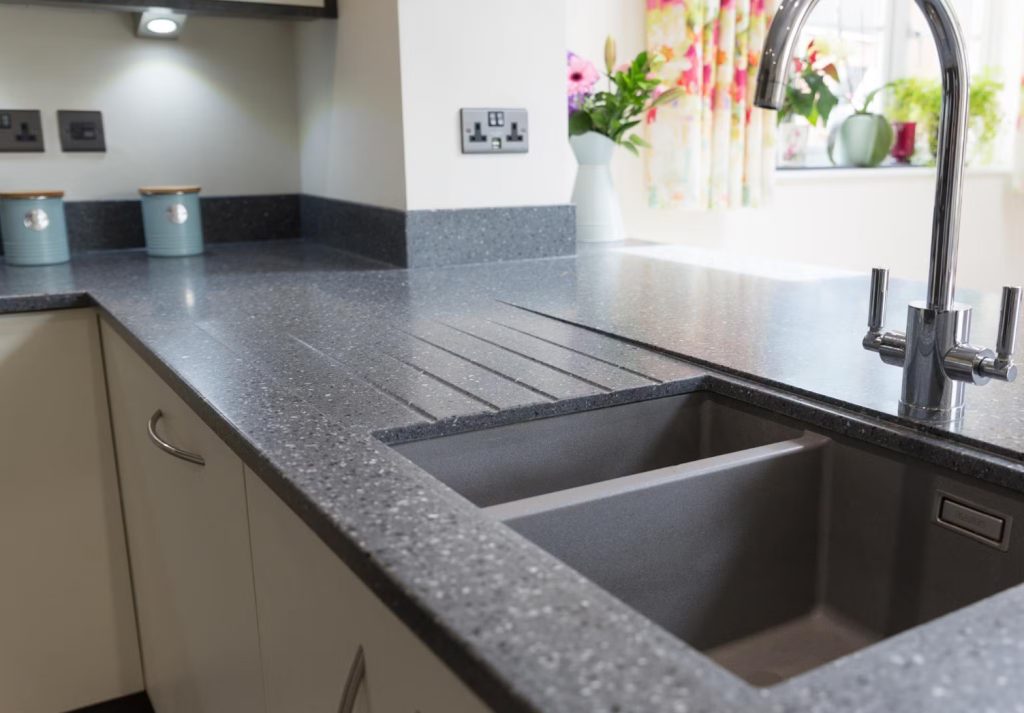
第二に、湿気防止効果のメカニズムと影響要因
水分子拡散バリア
緻密な架橋構造により、水分子の拡散経路が長くなります。たとえば、相対湿度 85% の環境では、架橋コーティングの水蒸気透過率 (WVTR) は 1 g/(m2 ・24h) にまで低下する可能性がありますが、未架橋コーティングの水蒸気透過率 (WVTR) は 5 g/(m2 ・24h) に達する場合があります。
界面接着力のバランスが取れている
コーティングと基材の間の接着力は、界面における水分子の吸着エネルギーよりも大きい必要があります。例えば、粘着力が3MPaに達すると、-20℃~60℃の範囲で水分子の界面浸透に抵抗し、剥離現象を回避できます。
環境適応性
温度変化は、コーティングの膨張係数と水の表面張力に影響を与えます。たとえば、-10℃では水分子の運動エネルギーが減少し、コーティングの微細孔内の凝縮が促進される可能性があります。 40℃では水蒸気圧が上昇し、耐湿性を維持するにはより高い架橋密度が必要になります。
第三に、防水・防湿性能の試験方法
静的接触角測定
光学接触角度計を使用して、25℃と50%RHの条件下で2μLの脱イオン水を落とし、30秒以内の接触角の変化を記録しました。たとえば、高品質のアクリルコーティングの初期接触角は100°に達する可能性があり、変化は60秒以内に2°未満です。
動的な吸水実験
コーティングされたサンプルを脱イオン水に浸し、質の高い変化を記録するために定期的に計量します。たとえば、24時間の浸漬後、0.8%未満の吸水速度を含むコーティングは、良好な耐水性を持っていると見なすことができます。吸水率が2%を超える場合、マイクロポアの欠陥がある可能性があります。
高湿度サイクルテスト
85%RH~40℃、25%RH~20℃の間で24時間循環を100回連続。コーティングに膨れ、変色、または接着力の低下が見られないかどうかを観察します。たとえば、循環後の粘着力の低下がグレード 1 以下の場合 (グリッド法による)。
水蒸気透過率試験
ASTM E96 規格に従って、WVTR はカップ法または赤外線センサー法によって測定されました。たとえば、38℃、相対湿度 90% の条件下では、WVTR が 2 g/(m²・24h) 未満のコーティングは、高い防湿要件が求められるシナリオに適しています。
第 4 に、故障モードと改善戦略
コーティングの欠陥が浸透を引き起こす
ピンホールや泡は、局所的な防水性の故障を引き起こす可能性があります。たとえば、直径0.1mmのピンホールは、コーティングの全体的な吸水速度を30%増加させる可能性があります。改善方法には、噴霧プロセスの最適化(霧化圧の増加を0.3 MPaに増加させるなど)またはマルチコートコーティングの採用が含まれます。
インターフェイスの剥離は失敗につながります
コーティング層状界面での水分子の吸着は、接着を弱めます。たとえば、コンクリート基板では、プライマー処理が行われない場合、6か月後に接着は40%減少する可能性があります。溶液には、接着プロモーターの使用またはコーティングの厚さを150μm以上に増やすことが含まれます。
化学侵食は構造に損傷を与えます
酸性およびアルカリ性の環境では、コーティングの加水分解が促進されます。たとえば、pH = 2 の酸性溶液に 72 時間浸漬した後、コーティングの架橋密度は 25% 減少する可能性があります。改善の方向性としては、耐加水分解性基(シロキサンなど)の導入やコーティングの硬度を 2H 以上に高めることが挙げられます。
五つ目、実際の適用シナリオの検証
建物の外壁保護
雨の多い地域では、雨水浸食に対するコーティングの耐性を検証する必要があります。例えば、10年分の降雨量(約3000mm)を想定したスプレー試験により、塗膜の粉化や剥離の有無を観察します。
電子機器の梱包
高湿度環境(85%RH、85)などの場合、回路基板に対するコーティングの保護効果をテストする必要があります。たとえば、1000時間のテストの後、湿気のないコーティングによって保護されている回路基板の絶縁抵抗は、10¹²ωを超えている必要があります。
地下施設の腐食防止
地下水浸透のシナリオでは、コーティングの陰極違いを評価する必要があります。たとえば、28日間-1.5Vのポテンシャルに維持された後、コーティングと金属基質の間の剥離半径は5 mm未満でなければなりません。
